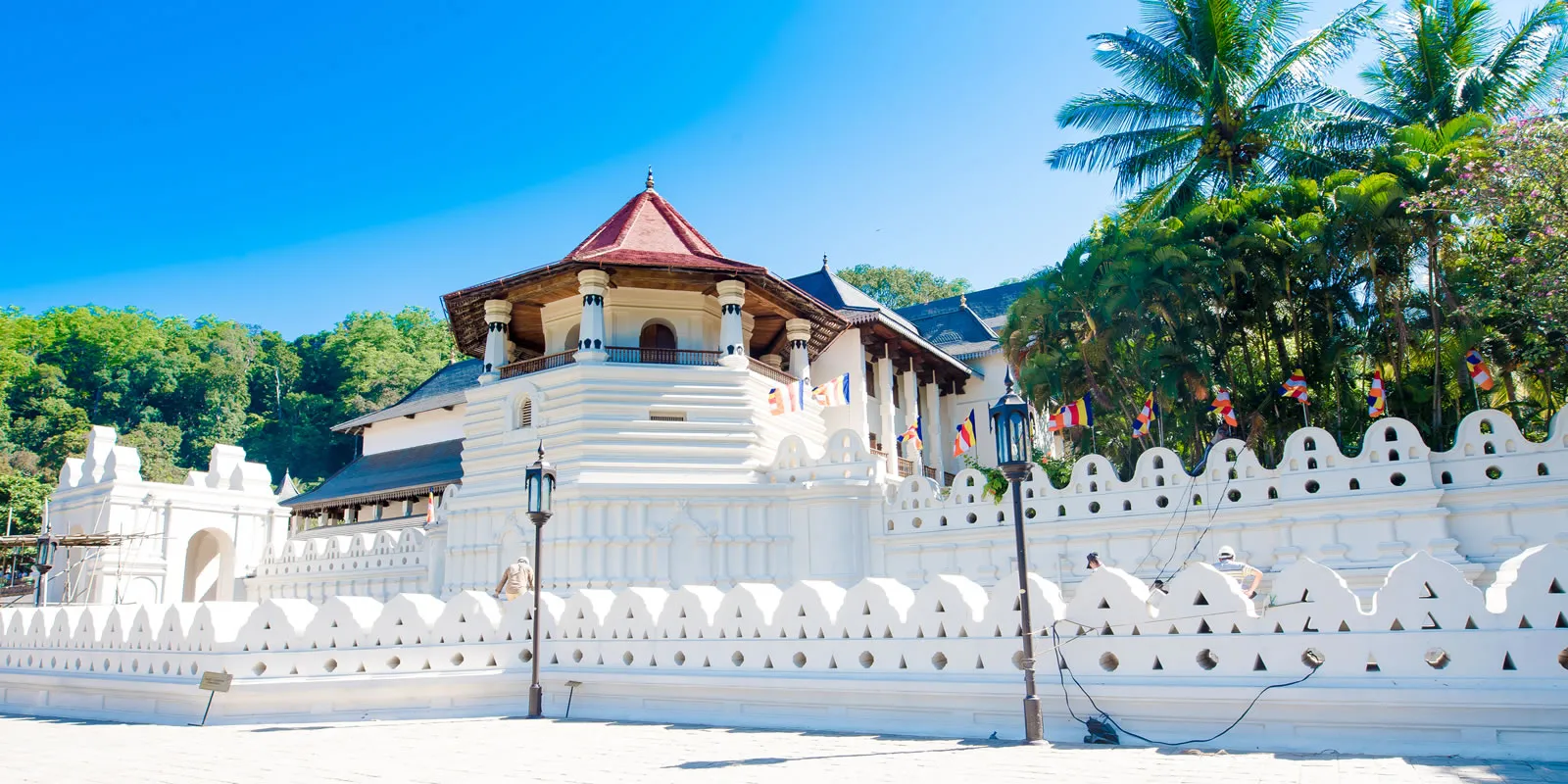If you want to write an article about another topic; you can contact me and send the topic of that essay (I will do that for you for free)
The Temple of the Tooth Relic, located in the historic city of Kandy, is one of the most sacred and venerated religious sites in Sri Lanka. The temple is home to the tooth relic of the Buddha, one of the most important and revered relics in the Buddhist faith. Visitors come from all over the world to pay their respects, witness the grandeur of the temple, and experience the rich cultural heritage of Sri Lanka.
History:
The history of the Temple of the Tooth Relic dates back to the 4th century BC when Buddhism was introduced to Sri Lanka. The tooth relic was brought to Sri Lanka in the 4th century AD by Princess Hemamali and Prince Dantha, the son and daughter of King Guhasiva of Kalinga in India. It was believed that the tooth relic was taken from the funeral pyre of Lord Buddha and was hidden in the hair of the princess.
King Kirthi Sri Meghavanna of Anuradhapura built the first temple to house the tooth relic. However, when Anuradhapura fell to invading Indian armies, the tooth relic was moved to different locations throughout the country to keep it safe. In the 16th century, the tooth relic was brought to Kandy by King Vimaladharmasuriya I, who built a grand temple to house the tooth relic. The temple has undergone several renovations and restorations over the years, with the most recent being in the 19th century.
Architecture:
The Temple of the Tooth Relic is an architectural masterpiece that blends traditional Sri Lankan and South Indian styles. The temple complex is spread over a large area and consists of several buildings, including the main shrine, the octagon (pattirippuwa), the hall of the relics (dhatu mandapaya), the chamber of the tooth relic (the Dalada Maligawa), and several other smaller shrines.
The temple's exterior is adorned with intricate carvings and sculptures depicting scenes from the life of the Buddha and other important figures in Buddhist history. The temple's interior is equally impressive, with a dazzling display of artwork, murals, and frescoes. Visitors can witness the intricate carvings on the temple walls and the ornate designs on the pillars and ceilings, which are a testament to the artistic and architectural skill of the craftsmen who built the temple.
The Tooth Relic:
The main attraction of the Temple of the Tooth Relic is, of course, the tooth relic itself. The tooth is housed in a golden casket, which is then placed inside several other caskets, each more ornate than the last. The caskets are then placed in a chamber inside the temple, where they are protected by armed guards 24 hours a day. Only a select few Buddhist monks are allowed to enter the chamber and perform rituals in front of the tooth relic, making it an incredibly rare and special experience for visitors.
Visitors can witness the daily rituals performed by the Buddhist monks at the temple, including the morning and evening poojas, which involve offerings of flowers, incense, and food to the tooth relic. The temple also holds several religious festivals throughout the year, including the annual Esala Perahera festival, which is a grand and colorful procession that honors the tooth relic.
Visiting the Temple:
Visiting the Temple of the Tooth Relic is an unforgettable experience that should not be missed when traveling to Sri Lanka. The temple is open to visitors every day from morning until evening, although certain areas may be closed off during religious ceremonies and rituals.
Before entering the temple, visitors must remove their shoes and hats as a sign of respect. It is also important to dress modestly and cover bare shoulders and legs, as this is a sacred religious site

Comments
Post a Comment